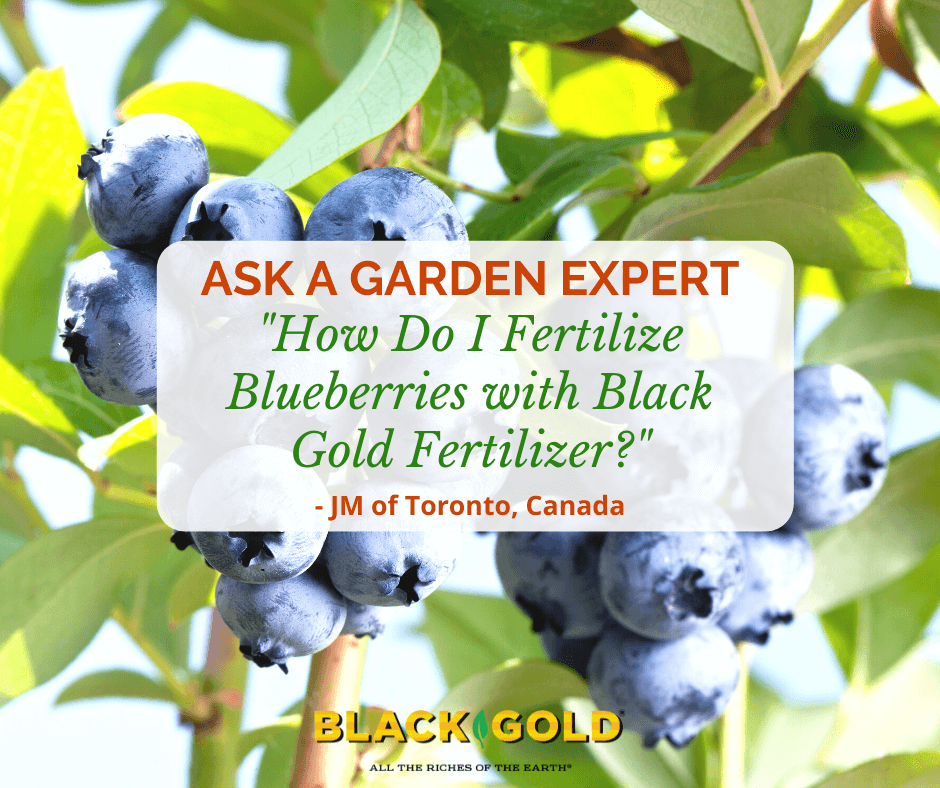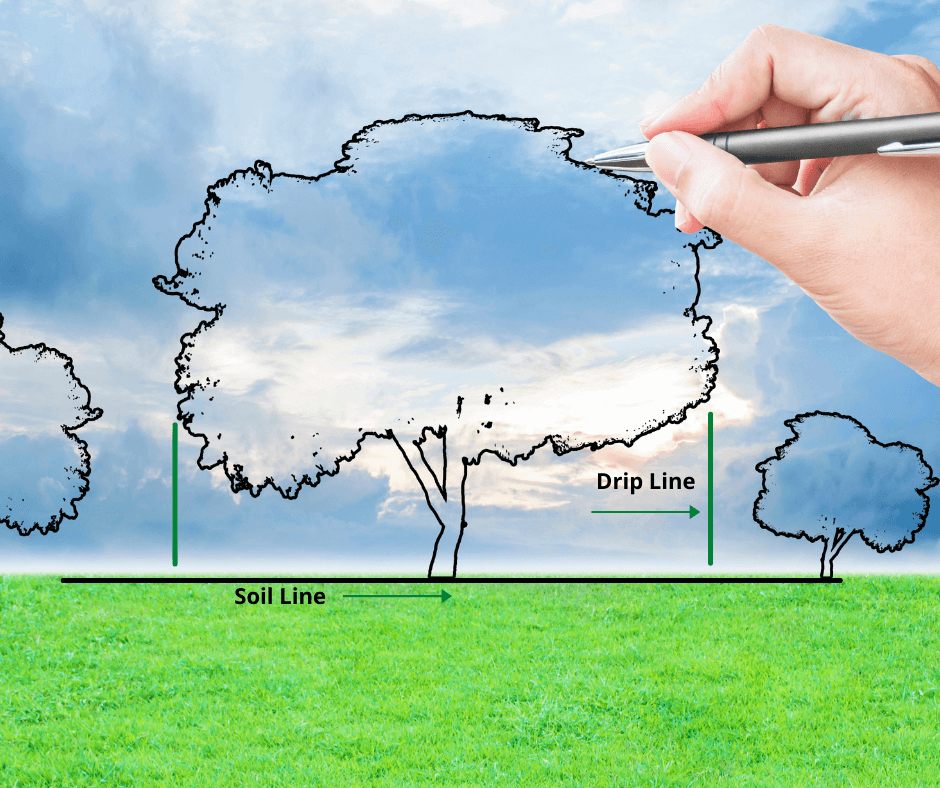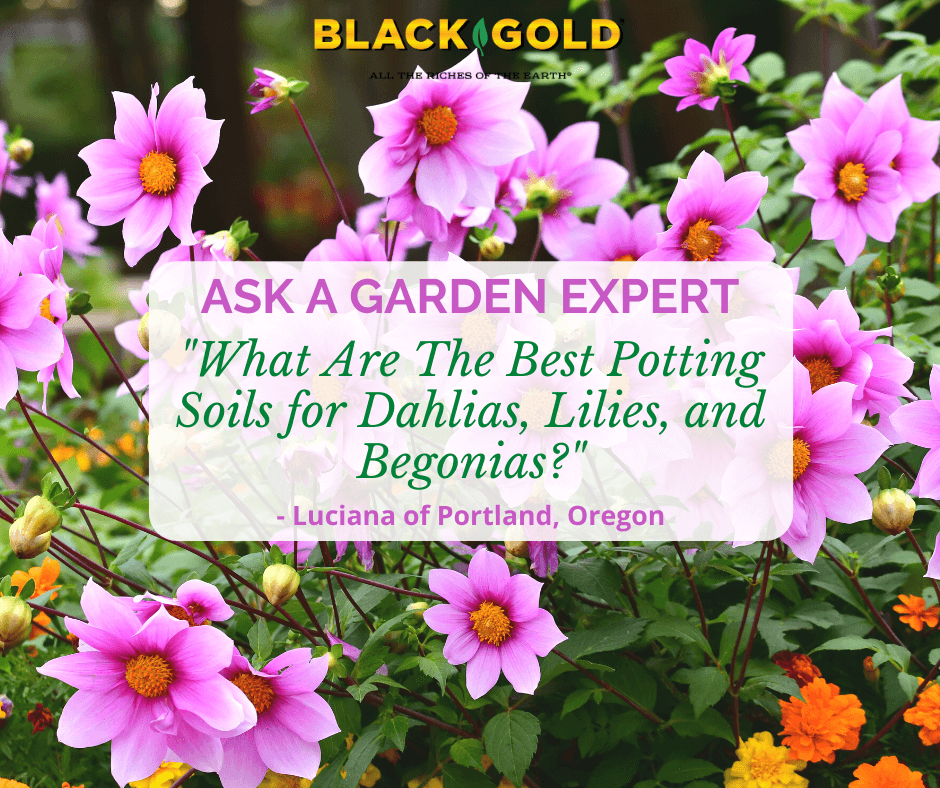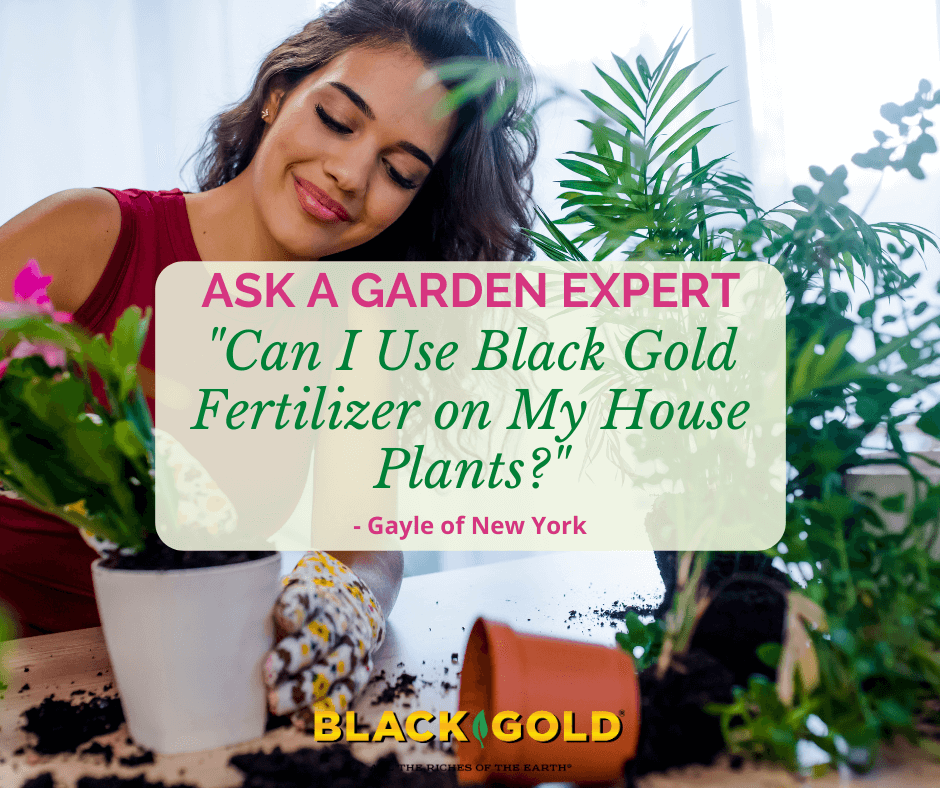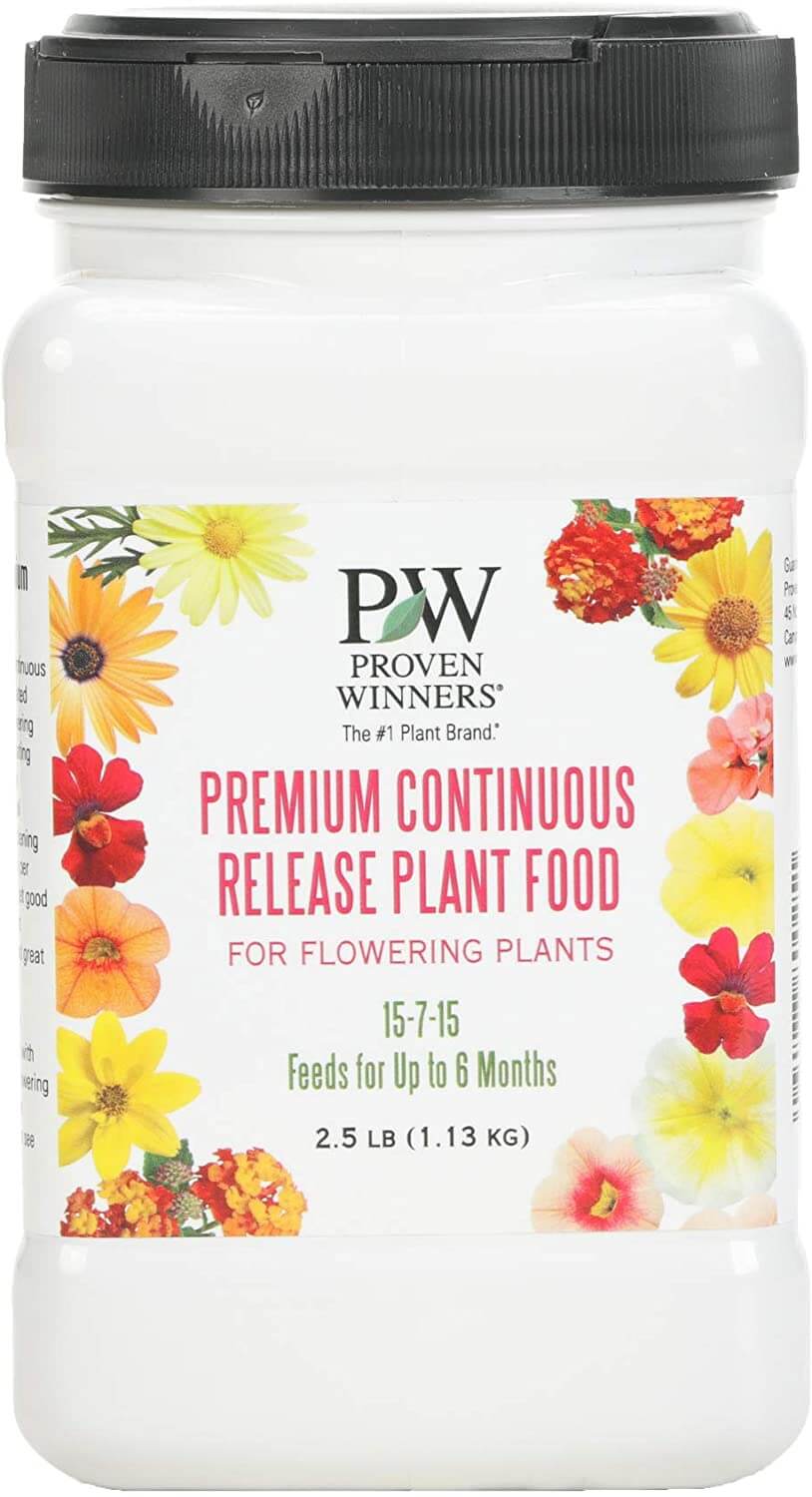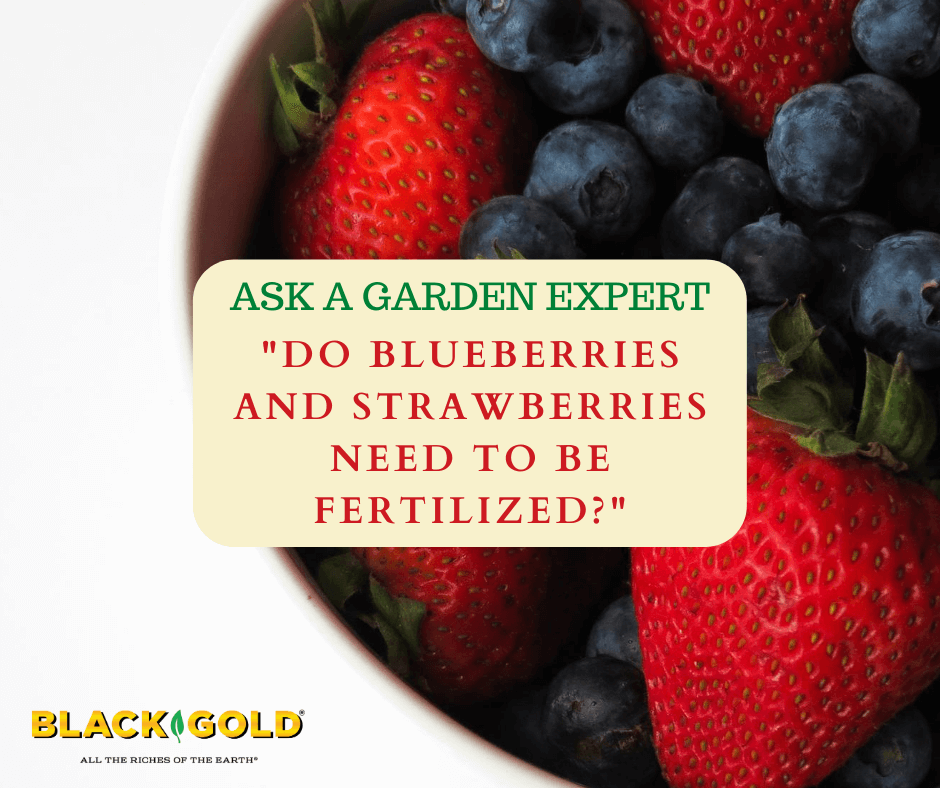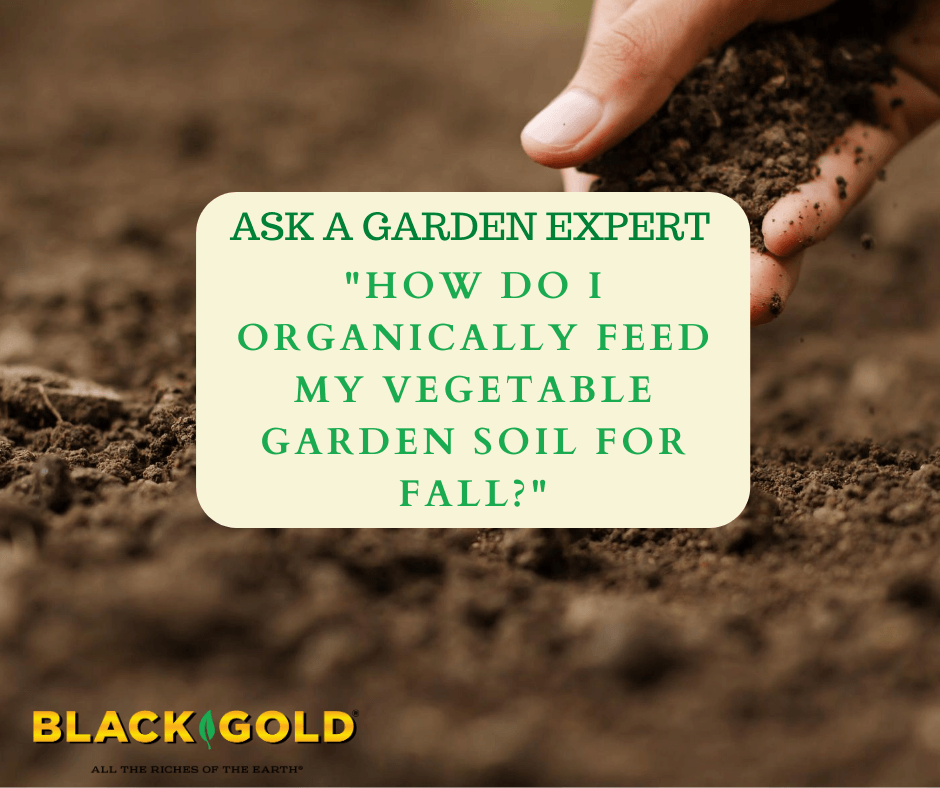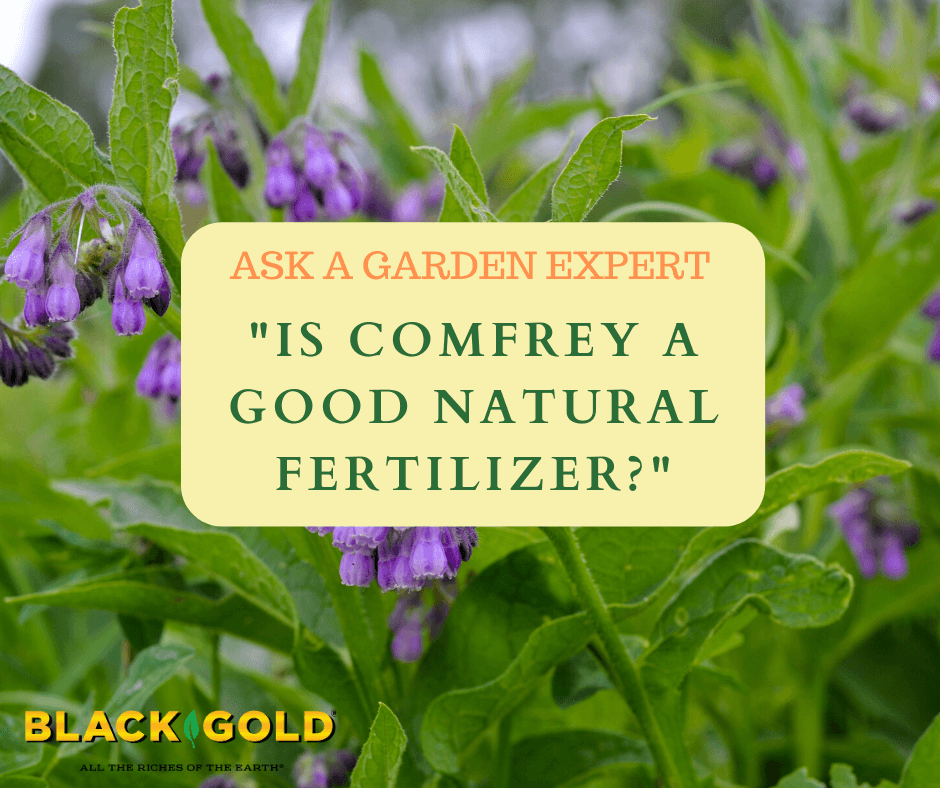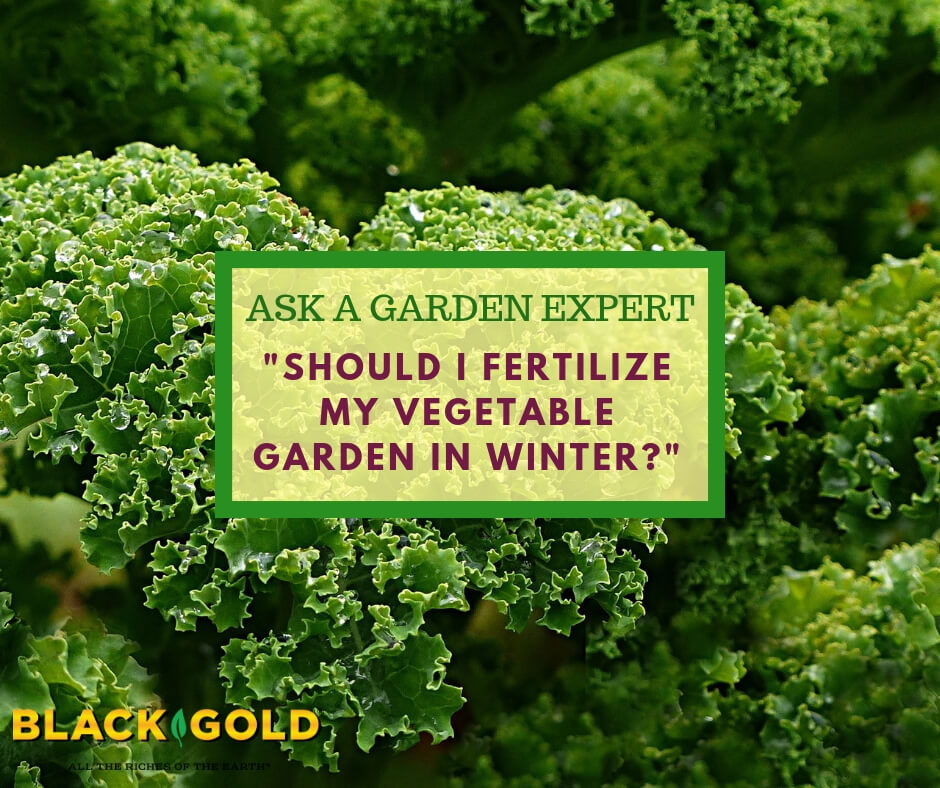“I would like to fertilize some small blueberry plants I bought this year. I have your BLACK GOLD RHODODENDRON, AZALEA & EVERGREEN FERTILIZER, and I have some questions about its use because I don’t understand the instructions. It says “new plantings, 500ml per 1.5 m squared. Or 1.5 cups for every inch of diameter of the trunk. My plants are nowhere near 1-inch in diameter. I have a round pot, 15 inches diameter, and I have another plant, in a 14 X 20” rectangle. Also, doesn’t the depth matter as well when determining how much fertilizer to put in? Here are three more questions.
- How do I know how much fertilizer to put in?
- It says “measure 6 inches above the soil line”. What is the soil line? Then you say “the drip line”. What is the drip line?
- The instructions say to mix the fertilizer in with the soil. How do you do that once the plant is already potted?”
Question from JM of Toronto, Canada
Answer: We are happy to answer your question about how to apply Black Gold Rhododendron, Azalea & Evergreen Fertilizer. Here are the answers to your three primary questions.
- You will need to extrapolate from the guide suggestion: “Add 1.5 cups for every inch of diameter of the trunk.” For example, if the stem of your blueberry is approximately 1/2 inch in diameter, then work in 3/4 cup (175 mL) of fertilizer around the root zone of your blueberry. If it is smaller, extrapolate to add less.
- The soil line is the soil layer that covers the roots, while the drip line is the diameter area of the plant crown. Please see the schematic below.
- If you are adding fertilizer to a pot, then gently work it into the soil around the roots from the top. You do not need to work it in deeply. The fertilizer will make its way down to feed your plants every time you water.
We hope that this information helps.
Happy gardening,
Jessie Keith


